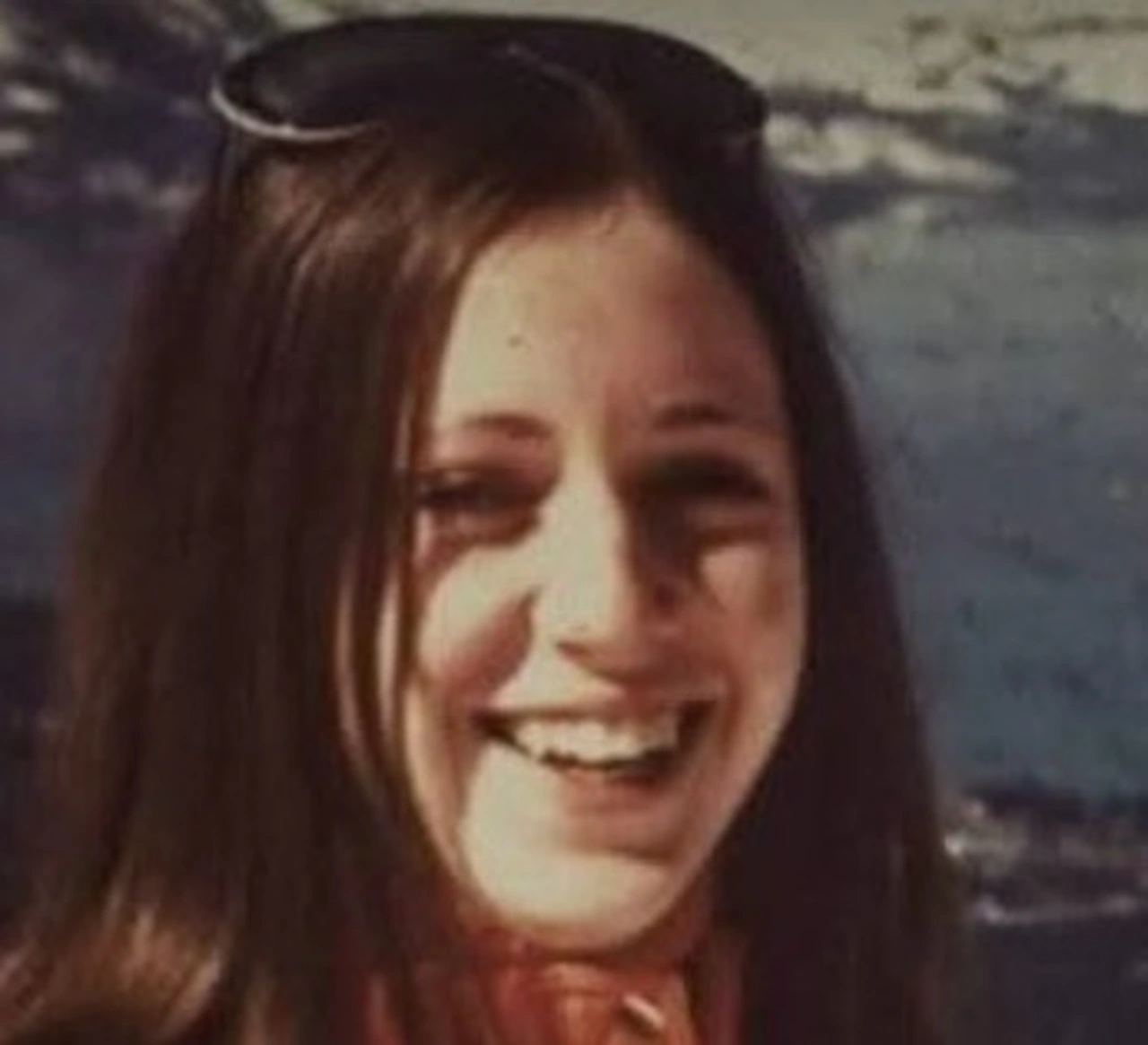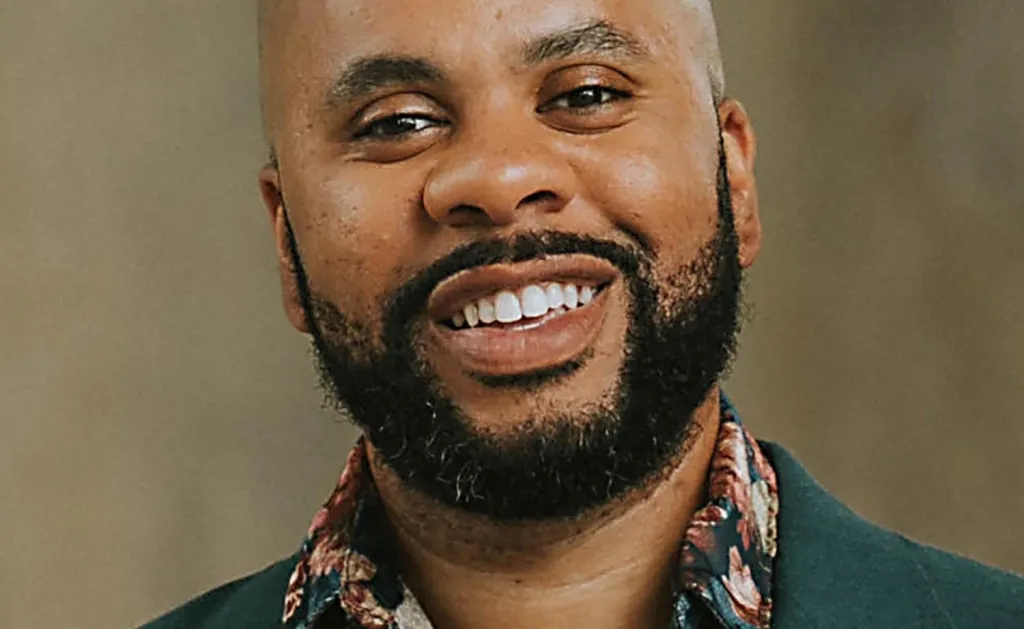Copyright M Live Michigan

Ted Bundy is arguably the most infamous of American serial killers. He was a nocturnal marauder who wore the mask of a handsome, charming law student, often feigning an injury to lure helpful young women to their brutal deaths. In the days before his own death in a Florida electric chair, he confessed to killing at least 29 women and girls in seven states between 1973 and 1978, though he was only convicted of murdering his final three victims. The first time he was charged with murder, though, was for the killing of a Michigan woman 50 years ago: Caryn Eilene Campbell, a nurse vacationing in Colorado when she crossed paths with the lethal stranger who appealed to her kindness. In a strange twist of fate, Bundy escaped from jail while awaiting trial for Campbell’s killing and made it all the way to her home state in time to catch his alma mater’s Washington Huskies upset the Michigan Wolverines in the Rose Bowl. He would never be held legally accountable for Campbell’s slaying. Worse still, he would claim three more victims before law enforcement finally halted his bloodlust for good. Campbell is not Bundy’s only connection to the Mitten State. Residing on the state’s west side is a woman who narrowly missed being among Bundy’s victims, thanks to heeding a gut instinct. And were it not for the seminal book of a Michigan-born author, perhaps the killer, rapist, and necrophile wouldn’t be as remembered as he is today. The life and death of Caryn Campbell Campbell was born in the Detroit suburb of Garden City in 1951 and raised in Dearborn. She graduated from high school there in 1969, having been a member of the ski club and choir and participant in intramurals. She later earned certification as a registered nurse and worked at Botsford Hospital, now Corewell Health Farmington Hills Hospital, and had recently started working as needed at Trinity Health Livonia Hospital, according to police reports obtained by researcher Jessica J. Jurewicz. By the start of 1975, the 23-year-old Campbell was living in Farmington Hills with her fiancé, a divorced cardiologist with two children. She had shoulder-length brown hair, stood 5 feet 5 inches, and weighed about 110 pounds. Affectionately referred to as “Car” or “Cam” by her fiancé, she “was a pretty and buxom brunette, the sort of woman that men notice,” wrote authors Stephen G. Michaud and Hugh Aynesworth. The quartet on Jan. 11 arrived in Snowmass Village, Colorado, for a medical conference/ski vacation. Campbell, though coping with a lingering bout of the flu, spent Jan. 12 skiing with her fiancé’s children. Following dinner that evening, the couple and two children gathered with friends in the lounge of The Wildwood Inn resort. Campbell at about 8 p.m. left the others to retrieve a magazine from their second-floor room, police reports state. And then Campbell just…vanished. Police found her room undisturbed, the magazine she sought still inside. After holding out hope for about a week that she would return, her fiancé and his children returned to Michigan. “How could a beautiful nurse just disappear when she was about to be married to a handsome doctor?” Campbell’s would-be mother-in-law was quoted by The Ann Arbor News. “There must be a clue somewhere.” A bystander on Feb. 17 spotted Campbell’s nude, partially decomposed body face down in a snowbank alongside a dirt road about three miles from the resort, police reports state. Autopsy results showed the back of her skull sustained three fractures and that she had been strangled. Investigators confirmed her identity via dental records. Bundy was not charged with murder in Campbell’s death until October 1976 after analysts identified a hair found in his car as being microscopically indistinguishable from Campbell’s and credit card receipts placed him in the area, reports show. By then, Bundy had already been convicted in Utah of kidnapping and assaulting an 18-year-old Salt Lake City woman who managed to fight off his attack. Utah officials extradited Bundy to Colorado to stand trial on the Campbell murder charge, a decision that would prove devastating for numerous lives. Bundy escaped from custody twice while in Colorado, the second time on Dec. 30, 1977. After driving a stolen car to Denver, he boarded a flight to Chicago, then took a train to Ann Arbor. The University of Michigan appealed to Bundy and he spent at least one night at the YMCA at 350 S. Fifth Ave. While at the Y, he overhead a radio report of his Colorado escape. “I was surprised that I’d be news in this part of Michigan,” Bundy later told journalist Michaud, not appreciating he was within 40 miles of Caryn Campbell’s last home. Bundy later claimed to Michaud he spent the evening of Jan. 2, 1978, watching the televised Rose Bowl at an Ann Arbor tavern. Drunk on beer, Bundy nearly had a dust up with local patrons and left just before the bartender called police. Looking for a university in a warmer climate, Bundy searched through U-M’s college catalog collection. He settled on Florida State University in Tallahassee, stole a car, and made his way south. Before February 1978 was over, Bundy had killed two young women and severely injured three more in a frenzied attack on two houses on the FSU campus and had abducted, raped, and killed a 12-year-old girl from Lake City. Convicted of these crimes, Florida judges handed down three death sentences to Bundy and he was executed via electrocution on Jan. 24, 1989. While on death row, Bundy confessed to investigators he had killed Campbell. According to Campbell’s subsequently updated autopsy report, Bundy claimed he employed his go-to tactic. While in the hotel’s parking lot, he put forth the ruse of being a skier struggling with crutches. Campbell saw him on her way to her room and offered to help. When she met him at his Volkswagen Beetle, he clubbed her over the head with a crowbar, handcuffed her, and drove her away. He strangled her within a couple of hours then unceremoniously jettisoned her body on the roadside. She was the 13th of Bundy’s 20 identified homicide victims. Campbell’s father, Robert Campbell, spoke to The Detroit Free Press the day before Bundy’s execution. “You never really forgive someone for something like that,” he said. “You just try to put it behind you. It’s not important to me now. The thing I’d like to have back, I can’t have.” Unusual among Bundy’s victims, Campbell’s body was found mostly intact. Her remains were returned to Michigan and buried at Cadillac Memorial Gardens West in Westland following a funeral at First Baptist Church in Dearborn. Her mother and father are buried nearby, having died in 1986 and 1996, respectively. The first major book on Bundy, and thus the first to explore Campbell’s slaying, was 1980’s “The Stranger Beside Me,” authored by Ann Rule (nee Stackhouse). Born in Lowell, Michigan, Rule briefly lived in Ann Arbor and Saginaw as a child and spent her summers visiting her grandparents in Montcalm County. Rule befriended Bundy while they worked together at a suicide crisis hotline in Seattle in the early 1970s. Her book chronicled her relationship with Bundy and her struggle to reconcile her co-worker and friend as a sadistic murderer of women. The bestseller launched Rule’s career as a lauded true-crime writer. She died in Washington state in July 2015 at age 83. A near miss “Linda” has called Michigan’s Van Buren County home for nearly a decade, though the 70-year-old retired nurse was raised in Washington state. As a 19-year-old student in 1974, Linda was ideal prey for a predator lurking college campuses. She recalls crossing paths with an unnerving man who, unbeknownst to her at the time, was abducting women on or near universities throughout the Pacific Northwest. “A near miss” is how she refers to her encounter with the man she would learn years later was Ted Bundy. “I can bring it up almost exactly,” she says. “It’s so bizarre, because I can relive it.” In the years since, Linda has given talks to police departments, stressing the need for people — particularly women — to be aware of their surroundings and to listen to their intuition when it tells them something, or someone, is a threat. Had she not heeded her inner voice’s advice, she believes she may have met the grim fate of so many others, including a friend. “My subconscious saw something that day and kept yelling at me that it wasn’t the right situation,” she recalls. “Fortunately, I stepped away.” Linda is a pseudonym MLive is using at her request. A sunny afternoon in the summer of ’74 found Linda walking near the campus of the University of Puget Sound in North Tacoma, heading from a friend’s house to her own. Word was by then circulating in local media of young women vanishing at the rate of once per month since that February. While Linda was aware of these reports, she wasn’t especially rattled, she says. As Linda walked along, a Volkswagen Beetle pulled up beside her, the driver rolling down his window. The good-looking driver told Linda he wasn’t from the area and was looking for a park in which he “could smoke some dope.” He was clean-cut and well-dressed, in contrast to Linda’s self-described hippie appearance. “That’s when the little man on my shoulder started screaming to me, ‘He doesn’t look like someone who smokes dope,’” Linda recalls. Still, Linda politely gave the motorist directions to Point Defiance Park a few miles up the road. “Do you wanna go with me?” the driver slyly asked. Linda paused at the invitation. “People like him don’t ask people like you out,” went the thought through her mind like a signal flare. There was a social delineation between what Linda described as the “freaks,” which she proudly counted herself among, and the “soces,” short for socialites. “I was a hippie girl, with bell-bottom jeans and no makeup,” she says. “He was a through and through soce in his looks alone.” Linda declined the driver’s offer, saying she had to get home. The driver didn’t pursue the matter further. He said goodbye and drove off, notably not toward the park Linda had just given him directions to. Far from being unfamiliar with the area, Bundy had grown up in Tacoma. By the summer of ’74, his mother and stepfather lived less than a quarter mile from the University of Puget Sound, records show. It wasn’t until Bundy was arrested in Florida in February 1978 that Linda recognized him as the motorist who tried cajoling her into his car. “I saw his photo once he was in Florida and I just about freaked,” she says. Adding to the sinking realization was the fact that a friend of Linda’s, 18-year-old Georgann Hawkins, was taken by Bundy around the time of her own encounter with him. Bundy confessed to investigators shortly before his execution to kidnapping Hawkins from the University of Washington in Seattle on June 11, 1974, then killing her. Linda and Hawkins attended elementary and high school together. “She was a really wonderful girl,” Linda recalls. “She talked to everybody. There wasn’t anybody who didn’t like her.” In the decades since her encounter with Bundy, Linda has pondered why she didn’t get in his car. “In the ‘70s, everybody got in cars with everybody,” she says. “We hitchhiked, we got in strangers’ cars and went to parks. But why, on that day, with that person, did I not get in that car?” She ascribes her good fortune to her “gift of fear,” a term from the 1997 Gavin de Becker book of the same name. Essentially, if your gut is telling you to be cautious around someone, listen to it. As Linda points out, Bundy exploited his victims’ empathy and reluctance to appear rude by often faking injuries to ensnare them. As a registered nurse, Caryn Campbell’s compassion was ripe for Bundy to manipulate. “We all have this gift of fear; you just have to be able to listen to it,” Linda says. “Be empowered to say no. Don’t be afraid to be rude and walk away.”



